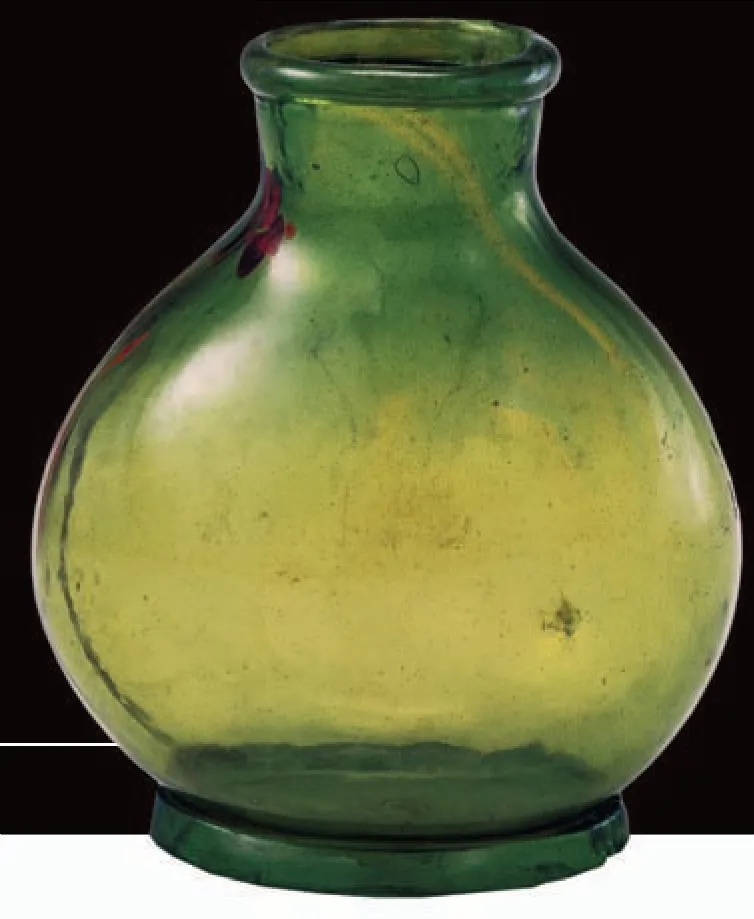Cultural Treasures of the Sui Dynasty
2022-10-16
After the Sui Dynasty was founded on the basis of the Northern Zhou’s(557-581) unification of the North, it went on to unify the whole country.Though the Sui Dynasty lasted only 37 years from its founding in 581 to its demise in 618, it was an important period linking the past and the future, especially in terms of politics and economy.
REFORMS in the systems of official and military management and the imperial examination were carried out during the Sui Dynasty. Economically,it continued to implement the Land Equalization System which had been in place since the Northern Wei Dynasty (386-534). This led to great progress in agricultural production, the handicraft industry, and commerce — bringing an unprecedented increase in its population.
The opening of the Grand Canal — one of the Sui’s greatest accomplishments — helped make trade and travel more efficient, thus promoting economic and cultural exchanges between the north and the south, which had a far-reaching impact.
A series of political and economic measures carried out by the Sui Emperor Yang Jian played a positive role in the prosperity and consolidation of the country. Alongside national unity, social stability, and a slight reduction in taxes and corvee labor, agriculture and the handicraft industry developed rapidly and commerce boomed. The Sui Dynasty maintained a wellstocked granary and held abundant material reserves.


An oval green glass bottle used to retain water was unearthed at Li Jingxun Tomb in Xi’an, Shaanxi Province in 1957.
On this basis, the handicraft industry continued to develop.The main handicraft categories at that time were silk weaving,ceramics, and shipbuilding. Today’s Hebei, Henan, and Sichuan provinces were important silk production areas at the time, and Shu brocade from Sichuan was especially renowned.
The celadon porcelain pieces produced at that time in Gongyi City in Henan Province and Cixian County in Hebei Province were beautifully shaped with a heavy clay body and transparent glaze.The firing technologies of white porcelain were also maturing,with products showing fine texture with bright glaze coloring.
The construction of the Grand Canal was a huge infrastructure project in the Sui Dynasty, and was successively completed in four sections. Lasting from 605 till 610, new channels were dug and smaller canals were connected to form the Grand Canal. A vast waterway system with a total length of over 2,000 kilometers, it ran from Beijing in the north to Zhejiang Province in the south.
The canal connected the Qiantang River, the Yangtze River, the Huaihe River, the Yellow River, and the Haihe River — becoming a major artery of north-south transportation. It played a positive role in strengthening economic and cultural exchanges between north and south and promoting social and economic development.
(Selected fromA Journey into China’s Antiquity: Chinese History in Cultural Relics
Compiled by National Museum of China
Published by Blossom Press)

A white jade cup inlaid with a gold rim unearthed at Li Jingxun Tomb in Xi’an, Shaanxi Province in 1957.

Two gold bracelets unearthed at Li Jingxun Tomb in Xi’an,Shaanxi Province in 1957.

